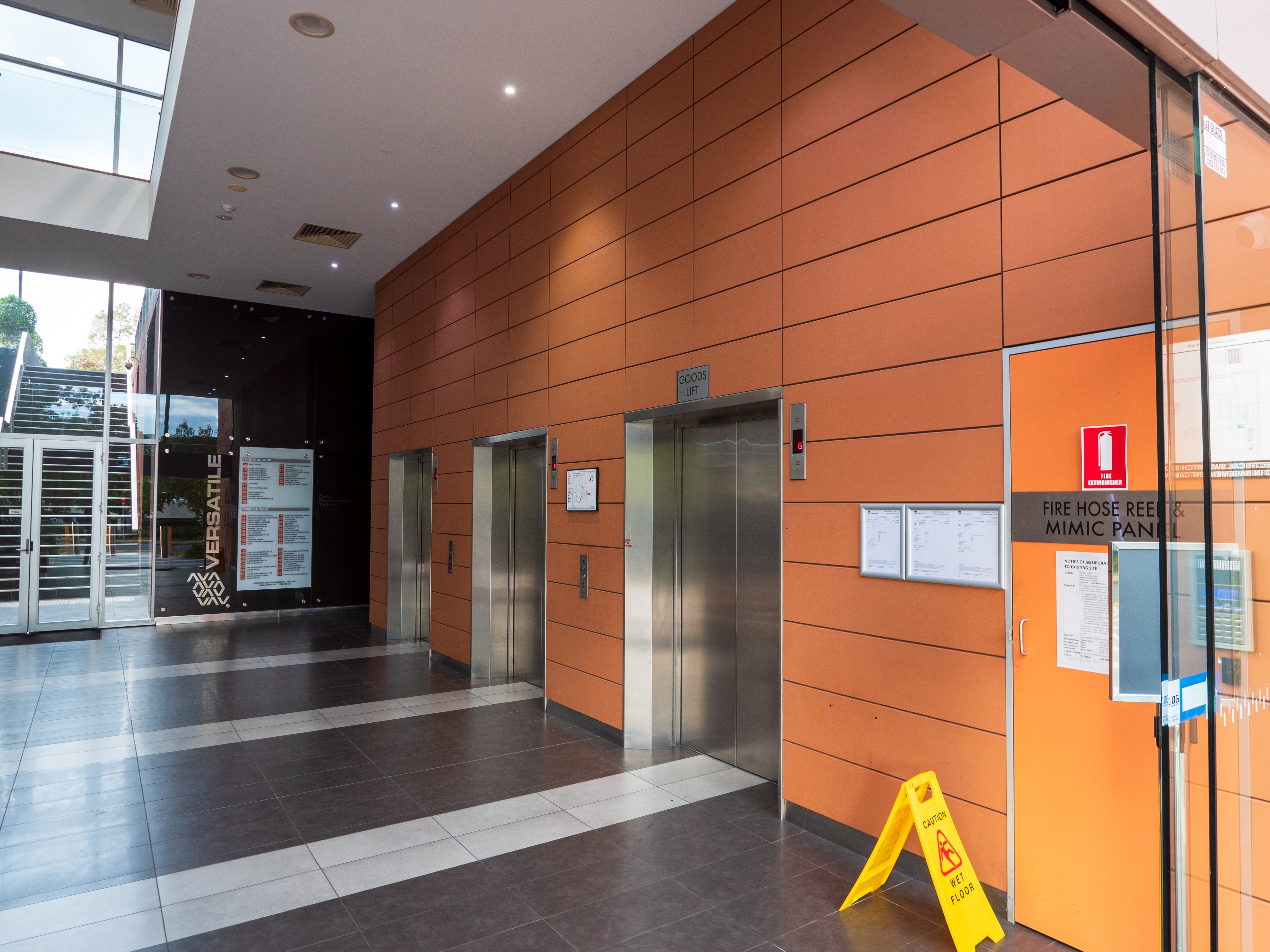Restoring and Protecting Buildings through Remedial Construction, Cladding Solutions and Fire Safety Compliance
Made by Divulgo Digital Powered by Webflow

In recent years, combustible cladding has become one of the most pressing concerns for strata buildings, commercial properties, and public assets across New South Wales. Beyond compliance issues, it directly impacts safety, insurability, and asset value.
As regulations evolve and enforcement increases, it's critical for asset owners and building managers to stay informed — and act proactively.
What is Combustible Cladding?
Combustible cladding refers to external building materials — often aluminium composite panels (ACP) or similar — that do not meet fire safety standards. These materials can contribute to rapid fire spread, posing serious risks to occupants and emergency responders.
The issue gained prominence after incidents like the Grenfell Tower fire in London (2017), leading to comprehensive reforms across Australia's construction sector.
The Current Regulatory Landscape in NSW (2025)
In NSW, significant measures have been implemented to address combustible cladding:
- NSW Cladding Taskforce
Established by the NSW Government, the Taskforce reviewed over 185,000 building records and inspected more than 4,000 buildings across the state to identify and support the removal of non-compliant cladding.
- Mandatory Building Registration
Under the Environmental Planning and Assessment Regulation, building owners must register certain buildings with external combustible cladding. This includes multi-storey apartments, aged-care facilities, hospitals, hotels, and public-use buildings.
- Material Bans and Product Safety
NSW has banned the use of ACP panels with a core comprised of more than 30% polyethylene by mass in any external wall system.
Why Early Action Matters
Delaying remediation can lead to increased costs and risks. Insurers may decline coverage, and councils may impose compliance actions. Proactive asset managers are engaging qualified remedial builders to:
- Investigate and identify affected materials
- Collaborate with consultants to define compliant scopes
- Remove and replace cladding using certified systems
- Document the process for compliance and insurance purposes
Dapcor’s Approach to Cladding Remediation
With over 50 years of remedial experience, Dapcor applies a structured, safety-led approach to cladding projects.
We support clients through:
- Early-stage investigation and reporting
- Collaborative scoping with engineers and fire consultants
- Staged removal and certified replacement
- Full documentation, including warranties and compliance records
Every project is delivered through our ISO-certified systems and internal PMO model, ensuring safety, transparency, and consistency — especially in live, occupied environments.
The Bottom Line for 2025
Combustible cladding is no longer a future problem — it’s a current responsibility.
Whether you manage a high-rise residential tower, commercial facility, or public-use building, understanding your risk profile and taking proactive measures is essential for compliance, safety, and asset value.